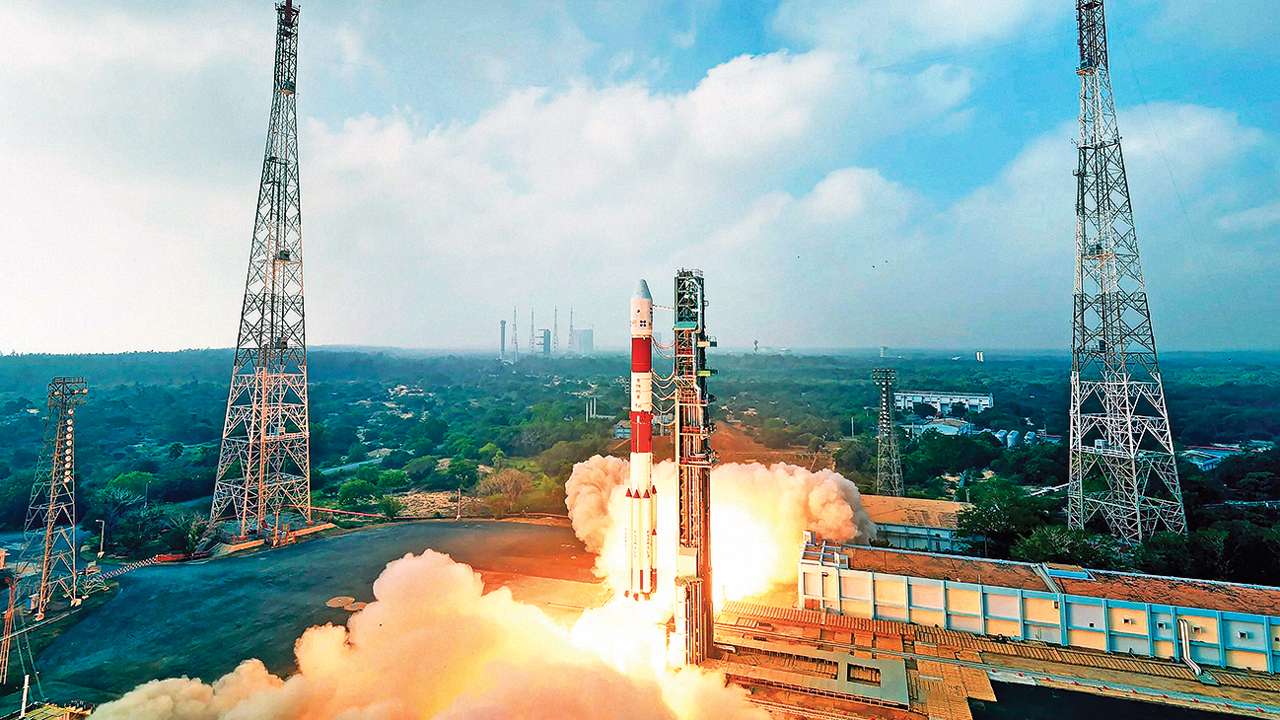
In the last five decades, the Indian Space Programme has seen a lot of successes, the most recent being the launch of the 100th satellite by ISRO. This year is very significant in the context of India’s commitment to cooperation and peaceful usage of outer space as 2018 marks the 50th anniversary of India’s dedication of (TERLS) to the United Nations on February 2, 1968. TERLS is India’s oldest space port situated at Thumba in Thiruvananthapuram. It was from this place that first Nike-Apache sounding rocket was launched in 1963, thereby marking the dawn of Indian Space Programme. India’s dedication of TERLS to UN was a part of a ‘goodwill gesture’. In return, the UN formally sponsored TERLS as an international scientific facility open to all its members.
Being a civilian space programme, ISRO has always used space technology for the development of the nation. Right from disaster management to food security and from urban planning to interstate migration, ISRO has been involved in various capacities in all these areas.
Currently, ISRO’s activities are basically divided into five parts, namely, Earth Observation, Satellite Communication, Disaster Management Support, Satellite Navigation, Climate and Environment. From this, it is evident that India’s commitment to the peaceful usage of Outer Space has been the hallmark of its Space Program.
Despite being one of the very countries to have a robust space programme, India has never intended to use it fully for military purposes. At a time when the talk is about a new space race between US and China, with US planning to send astronauts back to moon yet again after the Apollo Mission in 1972 and further a manned mission to Mars after Donald Trump’s signing the new space policy directive, India is still solely focusing on using space technology for development purposes only.
In the area of international cooperation in outer space and international space legislation, India has not only signed but ratified most of them. As of now, there are five major United Nations treaties on outer space, namely, The Outer Space Treaty in 1967, The Rescue Agreement in 1968, The Liability Convention in 1982, The Registration Convention in 1975 and the Moon Agreement in 1979. Apart from the Moon Agreement (which India has signed), India has both signed as well as ratified all other treaties on outer space legislation.
With the preparations for the launch of Chandrayaan-2 in full swing, ISRO is dedicated to continue its good work. Despite relatively low budgets as compared to the huge allocations for NASA, ISRO’s output has been commendable. India’s rise as a space power over the years has given it a special place in the elite company of nations who boast of having an indigenous space programme.
The author is a junior research fellow at School of International Studies, JNU